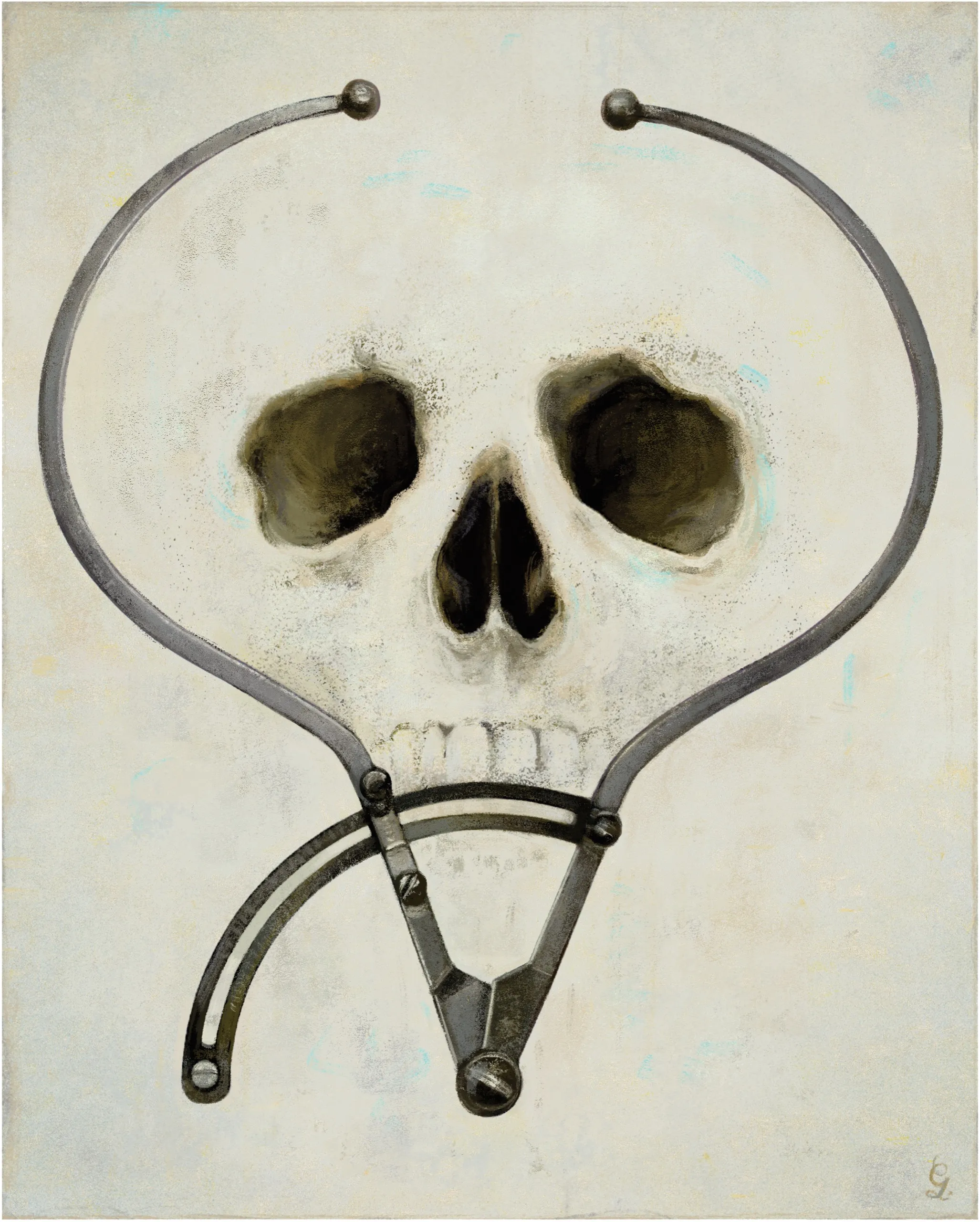

The study of Nazis still offers moral instruction on how evil arises.

Have we come, at last, to the end of morally instructive Nazis? After eight decades, Nazis may seem to have retreated into a class with orcs and cable-TV sharks, fantastic creatures representing evil, rather than historical figures who actually were evil. It is fine to say we should look past the History Channel Nazis—“Hitler and the Occult”—to the real thing, but there comes a time when the iconic imagination really does overwhelm the historical imagination. No one any longer objects to jokes about the Spanish Inquisition, which burned skeptics and Jews alive, but which exists now first of all as a Monty Python sketch (“Nobody expects the Spanish Inquisition!”), while Henry VIII and the Tudors, who burned men, too, and brutalized thousands, are a soap opera before they are a sermon.
Two new books suggest that we may not have come to the end, and that, on the contrary, our struggle to understand how evil happens is still best helped by understanding how evil happened. The subject of David G. Marwell’s “Mengele” (W. W. Norton) is one of the leading orcs: Josef Mengele, the Angel of Death at Auschwitz, who oversaw selections on the train ramp—sending some family members off to be gassed or worked to death, while conducting bizarre medical experiments on others—and who then escaped scot-free to a secret life in South America. Mengele’s name became synonymous with pure evil of the sinister, educated sort: the movie “Marathon Man,” with Laurence Olivier as the Dustin Hoffman-torturing dentist, making dental visits difficult for a generation, was inspired by Mengele.
Marwell’s life has much new to tell us, both about Mengele himself and, more significant, about the social and scientific milieu that allowed him to flourish. There is nothing surprising in educated people doing evil, but it is still amazing to see how fully they construct a rationale to let them do it, piling plausible reason on self-justification, until, like Mengele, they are able to look themselves in the mirror every morning with bright-eyed self-congratulation. Mengele, though he had a medical degree, thought of himself as a scientist. He trained as a physical anthropologist at the highest levels of German academia. The offspring of a solid Bavarian Catholic family—during his later years in exile, he wrote tearful memoirs about his mother’s Catholic pieties—he studied in Bonn and Vienna, and, in 1933, worked in Munich, under the Scottish-German anthropologist Theodor Mollison. It was Mollison, Marwell writes, who “perfected a series of measuring and recording devices that helped to standardize and increase the precision of the essential measurements that were the basis of physical anthropology.” Even in the early thirties, Mollison was an eager Nazi, and the particular kind of anthropology he taught turned very easily to a völkisch ideology; it was a purely descriptive science that easily lent itself to pseudoscience, what Stephen Jay Gould memorably dubbed “the mismeasure of man.” Mollison became famous for his “deviation curves,” graphs that seemed to show differences among racial kinds.
All ideas, and ideals, are capable of being twisted into their opposites. Religious doctrines preaching nonviolence and loving thy enemy quickly turn into a search for enemies not to love. The intention and its perversion are usually transparent. We even have a good word for this bad practice: hypocrisy. But scientific theories, which get their credibility from their ability to explain the action of a limited domain of objects, can explode into false models for unrelated subjects without conscious hypocrisy. The Darwinian idea of the struggle for existence, designed to explain the chiselling of birds’ beaks, becomes in a generation the idea that poor people deserve to be poor. Einstein’s idea that the measurement of time is relative can warp into the idea that morality is. The missteps can be hard to track. The perversion of a scientific practice takes a second; its rectification takes a semester.
The German anthropological practice of measuring people and typing them according to race, in which Mengele was trained, had, as the Columbia historian Andrew Zimmerman has shown, begun on a large scale half a century before Mengele was schooled in it. It was pioneered in the eighteen-seventies, under the direction of the impeccably liberal scientist Rudolf Virchow, who was a leading voice against anti-Semitism at the time, vying with a notorious anti-Semitic agitator for a seat in the Reichstag, and winning. And, indeed, dividing schoolchildren into “Blonds” (Nordic types) and “Brunets” (everyone else), Virchow found that “Brunets occurred among all the schoolchildren a bit more than 14 percent; among the Jews it was 42 percent.” Looking at the numbers, we might think that there was remarkably little measurable uniformity among Jews. But people make numbers mean what they want them to mean, as in baseball negotiations, and in this case the numbers were taken to mean that the Jews were not subtly different but utterly Other. Analyzing the numbers with sufficient acuity to see what they really did or didn’t show was complicated, like explaining why high batting averages aren’t a good guide to winning baseball games: you have to be willing to hang around for the explanation, rather than rushing to sign the contract. And so the idea of objectifying standards of human measurement was easily married to the (anti-Darwinian) idea that what you were measuring was not individual variations but racial essences—that races were like species, and came in fixed, unchanging kinds, discernible and deducible from fixed measures.
Mengele, studying human mandibles under Mollison’s supervision, concluded that “the jaws of the examined racial groups indicate in their front sections such distinct differences that they permit one to distinguish between the races.” It was like trying to study the internal-combustion engine by surveying all the parked cars on a street. You would end up with a significant-seeming taxonomy of windshield sizes and bumper dents, but you would have no idea that they all had the same motor inside, much less how it worked.
Even by the politicized standards of the field, Mengele was a mediocre student. His doctoral thesis, Mollison judged, though it “suffers from a somewhat clumsy manner of presentation and expression, may be described as fulfilling the requirements”—academese, in any era, for a B-minus. Mengele was good enough to study with the big names and win their support, but not good enough to go far in their world.
He went on to write another doctoral dissertation, in medical genetics, studying the heritability of cleft palates, which reinforced Nazi legislation requiring the sterilization of Germans with genetic disorders. By the late nineteen-thirties, he had been put to work as an expert consultant on racial types, evaluating such variables as blood types, eye color, eyebrow shapes, and fingerprints, to determine if a subject in a court case was a full Jew or a half Jew. In one instance, a Jew named Heinz Alexander was accused of the racial crime of miscegenation for having had an affair with an Aryan. He defended himself by insisting that he was not, in fact, fully Jewish but the bastard of an Aryan father. (Mengele wasn’t convinced.)
Reading about Mengele’s prewar training, one is struck by the enormous investment of resources, intellectual and financial, that was poured into this weirdly minute and futile science of racial difference. When Mengele, newly enlisted in the S.S. on the brink of war in 1938, sought to marry a twenty-one-year-old named Irene Schönbein, the Racial Office of the S.S. traced her ancestry back to 1648 to look for any signs of non-Aryan taint, and, unable to confidently establish the racial identity of her paternal grandfather, refused to enter her into its “clan registry.” (Nazi rules about “racial purity” were inspired by, but did not go as far as, American “one drop” and “blood fraction” laws, enacted in the South, which stipulated that even a remote black ancestor rendered an individual nonwhite. As with Hitler’s likening of his conquest of the East to the American conquest of the West, our worst history encouraged the Nazis’ worst instincts.)
